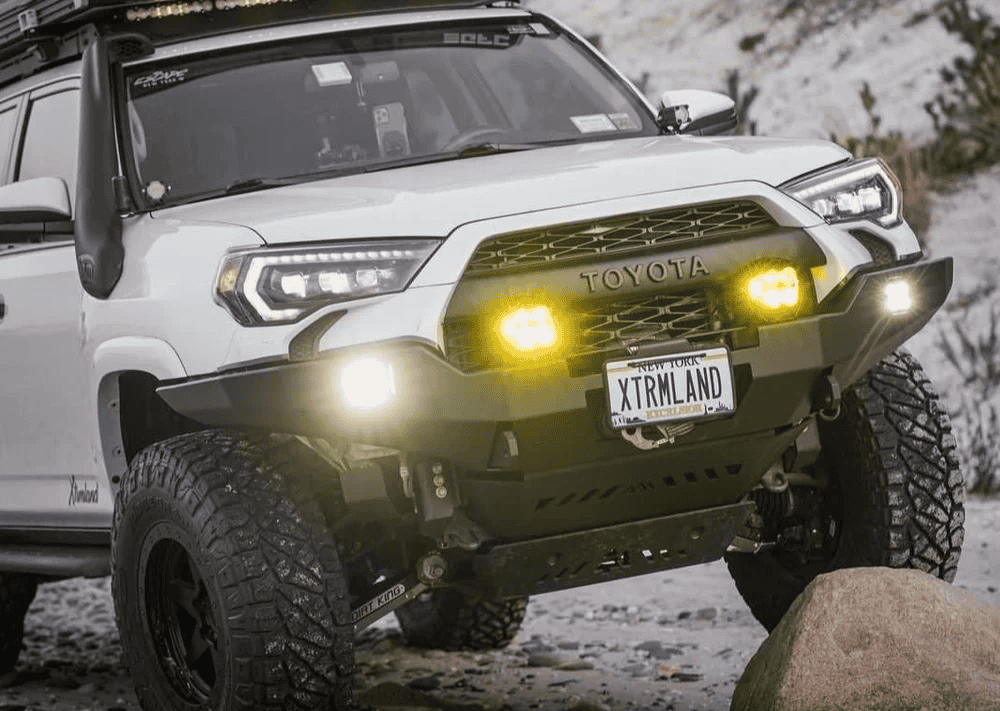Overland Vehicles

Reliable connectivity off the grid starts with a clear sky path. Low Earth orbit satellite internet delivers fast page loads and workable video calls by shortening the distance between your dish and the network. Expect latency in the few dozen milliseconds range when the dish has an unobstructed view, with performance dipping when trees, canyon walls, or tall vans block the sky. Power draw matters, so plan for continuous wattage during active sessions and a reserve to handle brief spikes. Wind, heavy rain, and snow can reduce throughput, so keep cables dry, protect connectors, and consider covers that resist ice without obstructing signal.
Placement is more than dropping a dish on a picnic table. Roof mounts offer convenience but must maintain a broad field of view. Ground mounts can be better in tall timber if you can move the dish into a clearing and run a short cable path to minimize losses. Avoid running data lines beside high current conductors to reduce interference. For network stability, a travel router that supports failover, guest networks, and quality of service will keep work calls smooth while others stream or upload photos.
Think in terms of pathways. The dish needs sky, the cable needs a protected route, and the router needs clean power. Use fused circuits and a dedicated breaker so you can isolate the system for service. If your inverter runs the show, confirm peak load headroom, and keep batteries within recommended depth of discharge to protect lifespan.
Set unique SSIDs, strong passwords, and enable automatic firmware updates. Use separate networks for work devices and guest tablets. A travel router with client isolation keeps unknown devices from browsing your file shares. Consider a VPN when connecting to public Wi Fi in towns between trailheads.
Even with satellite internet available, cellular remains valuable where towers dot the highway and near small towns. A multi carrier data plan, dual SIM support, and a router that can aggregate bands offer better odds of a stable signal. External antennas mounted high and clear of metal racks improve signal quality. A true MIMO antenna array can make the difference between basic email and dependable video calls. Boosters help in certain fringe situations, but they cannot create signal where there is none, and improper setup can harm performance. Always match components to the bands your carrier uses along your route.
Radios round out the toolkit when phones go quiet. GMRS provides simple team coordination on trail days and requires a license for proper operation. Amateur radio offers longer range and emergency capability with the right training. Handhelds are compact for spotters and hikers, while a mobile unit with a quality antenna reaches farther from the cab. Keep etiquette tight, use clear language, and log channels your group will monitor before wheels roll.
Antennas want height and separation from other metal. Mount away from roof edge turbulence and lights to limit noise. Keep coax runs short, use high quality connectors, and avoid tight bends that degrade performance.
Follow power limits and licensing rules. Save emergency channels for true emergencies. Share clear, concise location updates and avoid overcrowding active repeaters out of courtesy to local users.
The best off grid communication gear forms layers. Use satellite internet as your primary work link when the horizon is blocked by mountains. Keep cellular as a secondary path for travel days or campground stops with decent coverage. Add a satellite messenger for quick check ins and SOS when everything else is dark. Radios handle convoy coordination, trail spotting, and local chatter. Offline maps and cached data on your devices reduce dependence on live connections for navigation.
Power is the backbone of the entire stack. Size your battery bank for continuous connectivity during work hours, then add a margin for weather and detours. Smart charge sources like solar, alternator charging, and shore power keep the system topped up. Organize wiring so you can service components without tearing apart cabinetry. Label every run, document router settings, and store spare fuses and patch cables with your recovery kit.
When you are ready to turn planning into a finished system, proven installation makes a difference. OZK aligns hardware placement with actual use, routes cables cleanly, and maps networks so you can switch seamlessly between links. See how purpose built builds come together on our Overland rigs page, then explore our tailored installs on Custom overland upfit. If you are comparing shops and want a team that lives this lifestyle, learn more at Why choose OZK Customs.
OZK Customs designs and installs satellite internet, high gain cellular antennas, radios, and the power systems that keep them humming. From router configuration to roof mounts and clean cable paths, our Fayetteville Arkansas team builds communication systems that withstand dust, wind, washboard, and long mileage. Tell us how you travel, where you work from, and what redundancy you need. We will engineer a setup that keeps you connected when the trail disappears and the nearest bar of signal is a day away.
Ready for dependable comms wherever you roam? OZK Customs designs and installs Starlink systems, high gain antennas, clean wiring, and integrated power so your network just works. Tell us how you travel, and we will engineer a seamless setup that fits your rig and your routes.
ADDRESS:
6159 E Huntsville Rd, Fayetteville, AR 72701
PHONE:
(479) 326-9200
EMAIL:
info@ozkvans.com